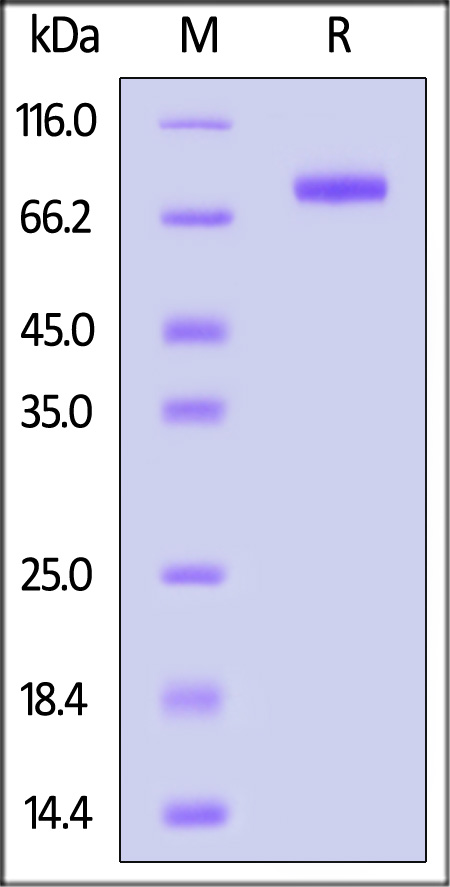The NGAL as a prognostic biomarker of kidney injury in children and adolescents with type 1 diabetes mellitus: A systematic review and meta-analysisGkiourtzis, Stoimeni, Michou
et alJ Diabetes Complications (2025) 39 (5), 109002
Abstract: A major complication of type 1 diabetes is diabetic kidney disease (DKD). Albuminuria and impaired glomerular filtration rate are the main characteristics of DKD. Neutrophil gelatinase-associated lipocalin (NGAL) levels may rise even in the early stages of DKD, even in patients with normoalbuminuria. We present the first systematic review and meta-analysis examining the prognostic role of NGAL exclusively in pediatric patients with type 1 diabetes.A search through major databases was carried out until September 24, 2024, investigating the prognostic role of NGAL in kidney injury in pediatric patients with type 1 diabetes. A p < 0.05 was considered statistically significant. A study quality assessment was conducted using the Newcastle-Ottawa Scale.The standardized mean difference in urinary NGAL (uNGAL) levels between the type 1 diabetes group and healthy controls was statistically significant (SMD = 0.63, 95%CI [0.36,0.90]). A moderate positive relationship between uNGAL and ACR was identified (r = 0.53, 95 % CI [0.31-0.70]). The uNGAL revealed a high overall diagnostic accuracy (AUC = 0.881).Urinary NGAL appears to be a valuable biomarker for early detection and understanding of DKD in individuals with type 1 diabetes. Future clinical studies should prioritize assessing the accuracy of NGAL in identifying kidney injury in pediatric patients with type 1 diabetes and the association of NGAL with traditional biomarkers in groups with similar characteristics.Copyright © 2025 The Authors. Published by Elsevier Inc. All rights reserved.
Urinary biomarkers in prediction of subclinical acute kidney injury in pediatric oncology patients treated with nephrotoxic agentsMiloševski-Lomić, Kotur-Stevuljević, Paripović
et alBMC Nephrol (2025) 26 (1), 159
Abstract: Acute kidney injury (AKI) is a common complication in pediatric oncology patients, most often caused by nephrotoxic drugs. We aimed to assess whether levels of urinary kidney injury molecule-1 (uKIM-1), neutrophil gelatinase-associated lipocalin (uNGAL), liver fatty acid binding protein (uL-FABP) and Vanin-1 (uVNN-1), individually and in combination-integrated could be early markers for cytotoxic treatment induced AKI.Children with different malignant diseases treated with cisplatin (CIS) or ifosfamide (IFO) were included. AKI was defined using pediatric KDIGO (Kidney Disease Improving Global Outcomes) criteria by comparing pretreatment serum creatinine (sCr) values with those acquired at 48 h after the first or second chemotherapy cycle. Five serum (at baseline, 2, 6, 24 and 48 h after treatment) and four urine samples (at baseline, 2, 6 and 24 h after treatment) were obtained. Urinary biomarkers (uBm) were normalized to urine creatinine.Thirty-eight patients were assessed. Within 48 h following chemotherapy 6 (15.79%) patients experienced AKI. Patients with AKI were younger and tend to have lower baseline sCr values than patients without AKI, but these differences were not statistically significant. Compared to baselines, all uBm were significantly increased during the first 6 h while sCr concentrations did not change significantly during the study period. The median increases in uBm during the first 6 h after treatment were 529.8% (interquartile range - IQR, 63.9-1835.2%) - 2194.0% (IQR, 255.3-4695.5%) in AKI vs. 302.2% (IQR 114.6-561.2%) -429.8% (156.5-1467.0%) in non-AKI group depending of tested uBm. The magnitude of these changes over time didn't differ significantly between groups. The area under receiver operator curve (AUC) for uL-FABP and uNGAL at 24 h after chemotherapy were 0.81 and 0.72, respectively. The ROC analysis revealed that the other individual biomarkers' performance at any time-point wasn't statistically significant (AUC < 0.7). A model of integrated-combined uBm, 2 h (AUC 0.78), 6 h (AUC 0.85) and 24 h after (AUC 0.92) treatment with CIS and/or IFO showed good utility for early AKI prediction.The results of this study support that the use of the uBm to improves early AKI prediction in patients receiving CIS and/or IFO containing chemotherapy. Further studies on larger comparable groups of patients are needed.© 2025. The Author(s).
Acute Kidney Injury Secondary to Abdominal Compartment Syndrome: Biomarkers, Pressure Variability, and Clinical OutcomesMuğlu, İnan Kahraman, Sünger
et alMedicina (Kaunas) (2025) 61 (3)
Abstract: Background and Objectives: Abdominal compartment syndrome (ACS) is a severe clinical condition caused by intra-abdominal hypertension (IAH), often observed in surgical and trauma patients. However, ACS can also develop in non-surgical patients with massive ascites, leading to acute kidney injury (AKI) due to renal hypoperfusion. This study investigates the association between intra-abdominal pressure (IAP) changes, renal biomarkers, and mortality in patients with ACS-related AKI. Materials and Methods: A prospective cohort study was conducted on 24 hospitalized patients with ascites due to malignancy, cirrhosis, or heart failure. IAP was measured via the trans-vesical method on the first and seventh days of hospitalization. Serum and urinary biomarkers, including kidney injury molecule-1 (KIM-1), neutrophil gelatinase-associated lipocalin (NGAL), and interleukin-6 (IL-6), were assessed for their correlation with IAP changes. The primary outcome was in-hospital mortality, and the secondary outcomes included AKI progression and the effect of paracentesis on IAP reduction. Results: The overall in-hospital mortality rate was 50%. Patients who survived had significantly lower IAP on the seventh day compared to those who died (14.9 ± 3.5 mmHg vs. 20.2 ± 5.6 mmHg, p = 0.01). A 25% reduction in IAP was associated with improved kidney function and increased survival (p < 0.001). Urinary KIM-1 and serum NGAL levels showed a moderate correlation with IAP (r = 0.55, p = 0.02 and r = 0.61, p = 0.018, respectively), while IL-6 levels were significantly higher in non-survivors (p = 0.03). Paracentesis was associated with improved survival outcomes (p = 0.04). Conclusions: ACS is a critical but often overlooked cause of AKI in non-surgical patients with massive ascites. Lowering IAP significantly improves renal function and reduces mortality. Urinary KIM-1 and serum NGAL may serve as useful biomarkers for monitoring IAP changes. The early identification and management of IAH through timely interventions such as paracentesis and volume control strategies could improve patient outcomes.

























































 膜杰作
膜杰作 Star Staining
Star Staining

















